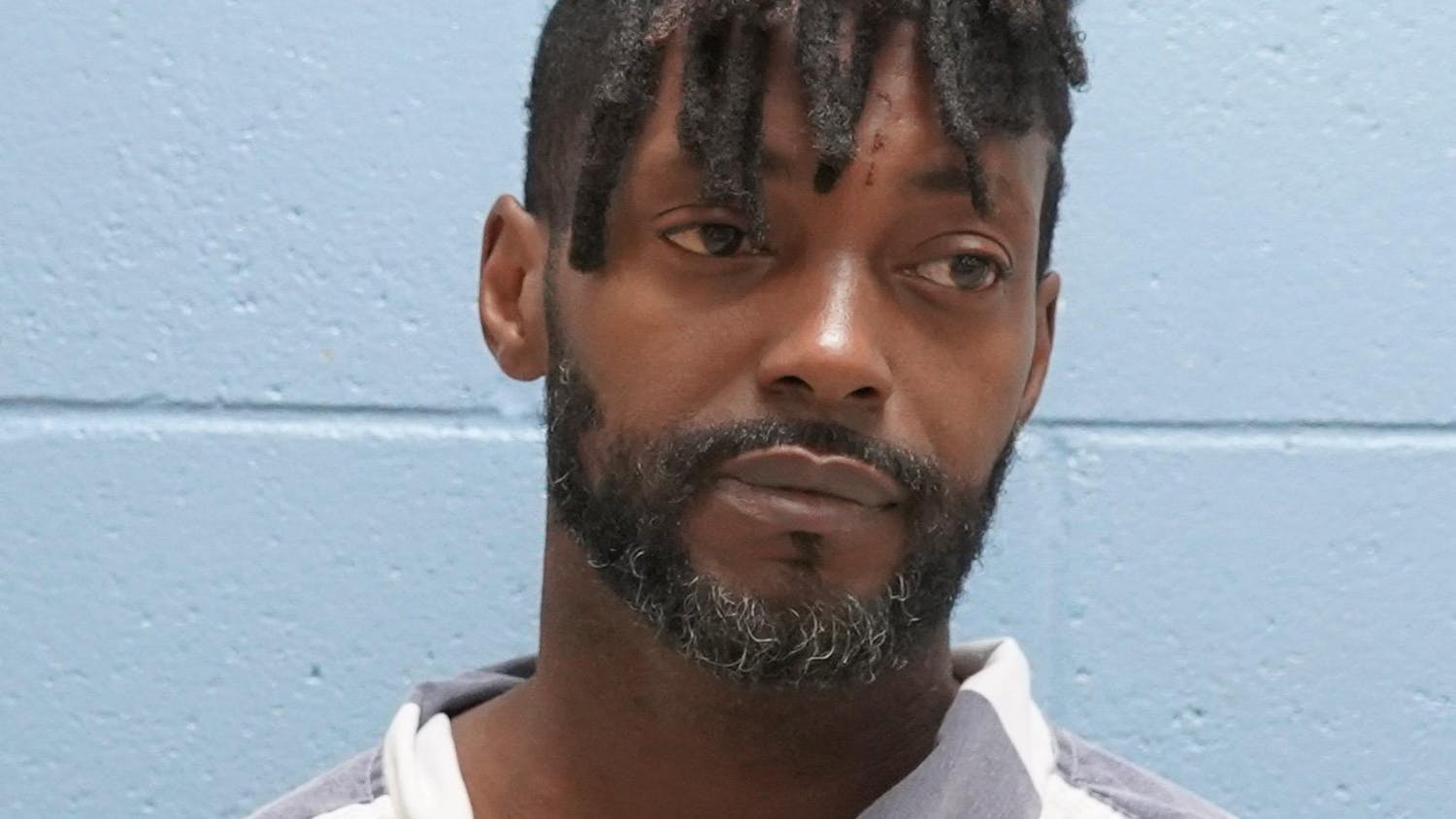The first nine words of the Auburn University Division of Student Affairs strategic plan for 2010-2013 are, "The student is the most important person on campus."
The plan is made up of four major goals: student learning, student engagement, student retention and health, wellness and safety.
Ainsley Carry, vice president of Student Affairs, is the driving force behind the DSA initiative.
"The student is the center for us," Carry said. "We are the unit on campus where that is our No. 1 job."
When putting together the plan, Carry and his staff began by reading publications like USA TODAY and the Chronicle of Higher Education to find out what obstacles students were facing on a national basis.
To fulfill its mission, the plan states a fundraising campaign will attempt to raise $19 million.
"This is what we're doing with corporations and alum," Carry said. "We're going to go out and have donors, ask donors, people who love Auburn, people who want to support different initiatives."
Included on the fundraising list is $10 million for wellness and sustainability initiatives; $6 million for a new, state-of-the-art leadership center; and $1 million each for a global service initiative, memorial endowment fund and emergency student aid.
"Donations and corporations are what will take us to the next level," he said.
The strategic plan is in its first year, and while no reports on the success of the plan are available, progress is being made toward the goals it is trying to accomplish.
"We began by saying, 'What's our big picture? Where do we want to take students? What do we want to do that's intentional?'" Carry said.
The first part of the plan, a mix of assigning tasks and implementing initiatives, is currently underway.
"The first year, it's all about figuring out the logistics of it," Carry said. "We know these things are important, but we don't know how to measure it yet."
As the plan progresses, more actions will be taken to accomplish goals, and the progress can be assessed in order to ensure its validity and importance.
"We're still building the foundation for our plans, so we're still trying to get into place what works and what doesn't work and exactly how do we want to do everything," Carry said.
The three-year time frame of the plan allows the DSA to accomplish goals and fix problems so their work will still be relevant when finished.
"Three years is a short window, so once we get to our three year point, we'll go back and say OK, what's the next level, let's come up with our next three year plan," Carry said.
"We said let's do a window of time that's reasonable, that we can measure and that we can evaluate."
Retention is one of the main focuses of the DSA, and the strategic plan maps out initiatives that it hopes will keep students at Auburn longer, at least until graduation.
"Right now, we lose about 13 percent of our freshman class," Carry said. "We want to reduce that 13 to three and be one of those institutions that keeps 97 percent of its freshman class."
According to the plan, the three objectives aimed at improving student retention include studying retention factors, developing a First Year Experience program and implementing a division-wide plan for parent and family involvement.
"There is a sense that we will be nationally held accountable to retention," said Amy Hecht, assistant vice president of student affairs. "How are we ensuring that students are graduating, and when they do graduate, that they're taught the necessary skills to go out into the workforce and be successful?"
Health, wellness and safety is another major subject area in the plan, which focuses on implementing a health and wellness program for prevention and treatment as well as building a plan for student safety.
In particular, the Critical Incident Response Team has been created to assist students after an accident, designed to help with paperwork, paying bills and anything the student could need to get back on their feet.
"When an unfortunate event does happen, the role of this team is to respond." Hecht said.
Student engagement and student learning round off the plan, which includes goals for identifying learning outcomes, implementing a new co-curricular transcript system to include out of the classroom activities and to implement a strategic plan for student engagement.
"Engagement is about us finding that kid sitting in the residence hall whose taking 17, 18 hours of chemistry classes and they don't talk to anybody, we want to get out there, reach them," Carry said.
Do you like this story? The Plainsman doesn't accept money from tuition or student fees, and we don't charge a subscription fee. But you can donate to support The Plainsman.




